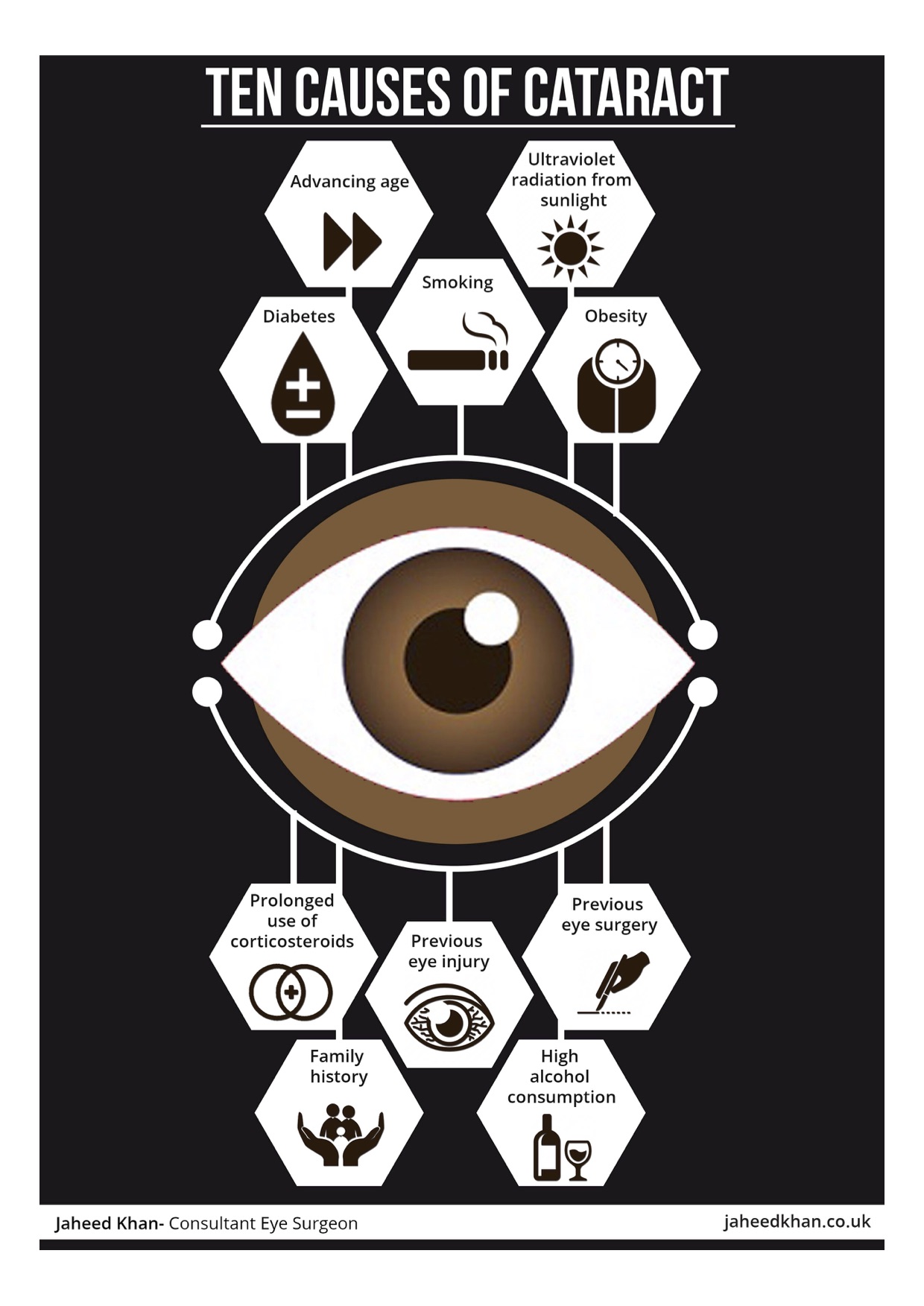Refractive Lens Exchange Explained: What Your Ophthalmologist Isn't Informing You

Published By-Bennetsen Ludvigsen
Have you ever thought about Refractive Lens Exchange (RLE) as an alternative for vision modification? While it isn't as commonly gone over as LASIK, RLE could be a game-changer for your eyesight. Lasik Care Team neglect its benefits, assuming conventional techniques are their only selection. But what are the real benefits, and what might your eye doctor not be informing you about this procedure? Let's discover the ins and outs of RLE with each other.
Recognizing Refractive Lens Exchange: The Basics
Refractive lens exchange (RLE) is a procedure that can considerably improve your vision, specifically if you're taking care of presbyopia or severe refractive mistakes.
During RLE, your eye surgeon removes your eye's natural lens and replaces it with an artificial one customized to your vision requires. This treatment can deal with nearsightedness, farsightedness, and astigmatism, giving you more clear vision without relying on glasses or contact lenses.
The surgical treatment is typically quick, taking less than an hour, and most people experience very little discomfort. Read the Full Write-up is reasonably fast, permitting you to go back to your everyday activities soon after.
If you're thinking about RLE, seeking advice from your optometrist can help you identify if it's the ideal option for you.
Key Distinctions Between RLE and Conventional Cataract Surgical Treatment
While both refractive lens exchange (RLE) and conventional cataract surgery entail changing the eye's all-natural lens, their primary objectives and individual accounts vary significantly.
RLE is targeted at individuals looking for to reduce their dependancy on glasses or get in touch with lenses as a result of refractive errors, frequently prior to cataracts create. On the other hand, traditional cataract surgical treatment typically targets patients that have actually developed cataracts, which cloud the lens and harm vision.
The lenses used in RLE can give a wider range of vision improvement, while basic cataract surgery typically includes basic monofocal lenses.
In addition, RLE candidates are typically more youthful and in great general health and wellness, whereas cataract patients might be older and have other wellness issues.
Picking the ideal procedure depends on your details vision needs and scenarios.
Prospective Benefits and Factors To Consider of RLE
If you're considering refractive lens exchange (RLE), you'll find several potential advantages that might enhance your lifestyle.
RLE can give you with clearer vision, decreasing or getting rid of the demand for glasses or call lenses. It supplies an opportunity to address presbyopia and various other refractive mistakes concurrently, typically enhancing your overall visual acuity.
Furthermore, RLE can be a terrific choice if you're not an ideal prospect for LASIK. Nevertheless, it's important to weigh the considerations, like the cost, potential risks, and the recovery period.
Reviewing your details needs with your optometrist can help you make an educated choice, guaranteeing you select the most effective course for your vision adjustment.
Conclusion
Finally, refractive lens exchange supplies an one-of-a-kind service for vision improvement that surpasses what LASIK can offer. It's important to weigh the benefits versus potential risks and prices before choosing. Don't be reluctant to ask your ophthalmologist the tough concerns to ensure you fully recognize the procedure and its implications for your vision. With the ideal info, you can with confidence choose the best choice for your eyes and way of living.

